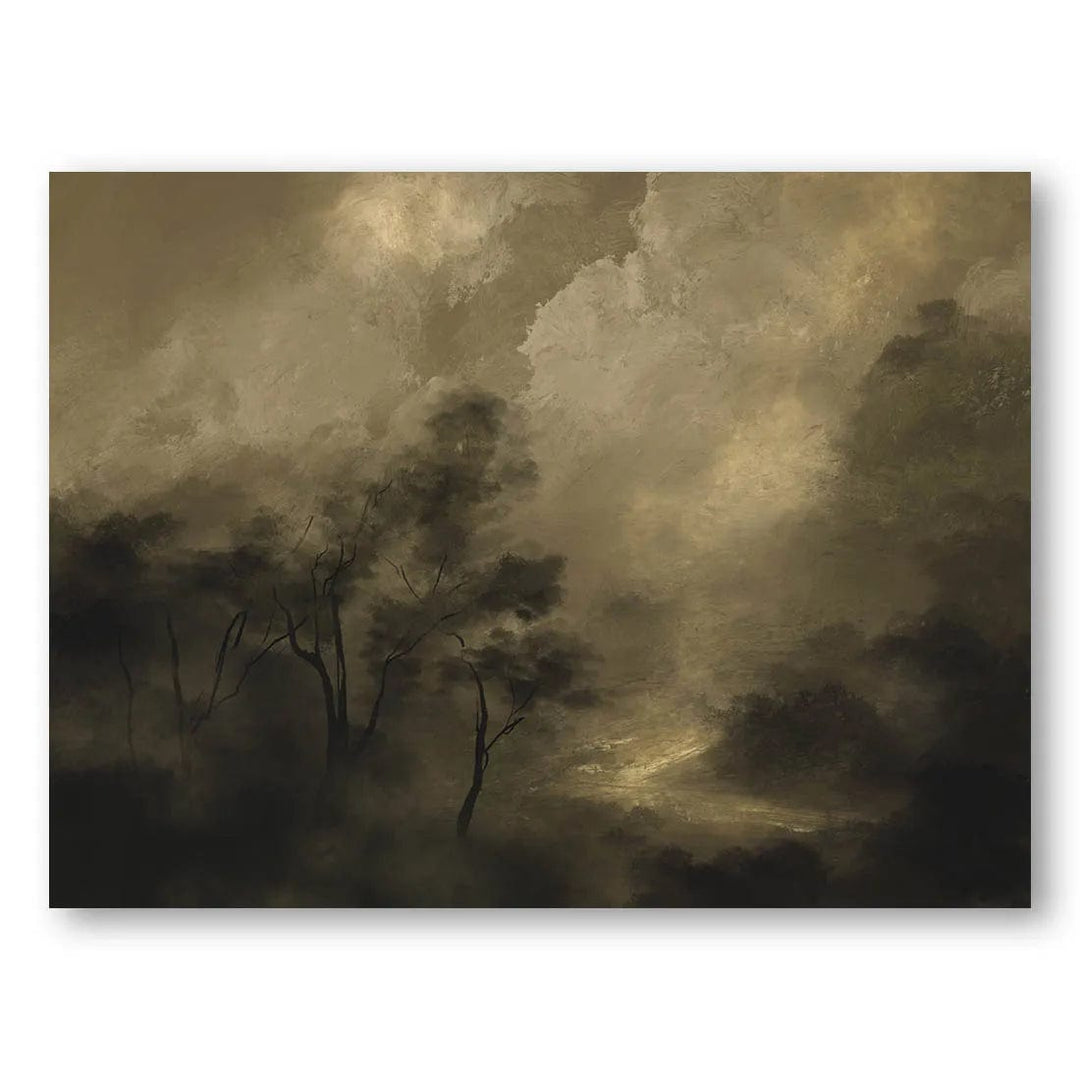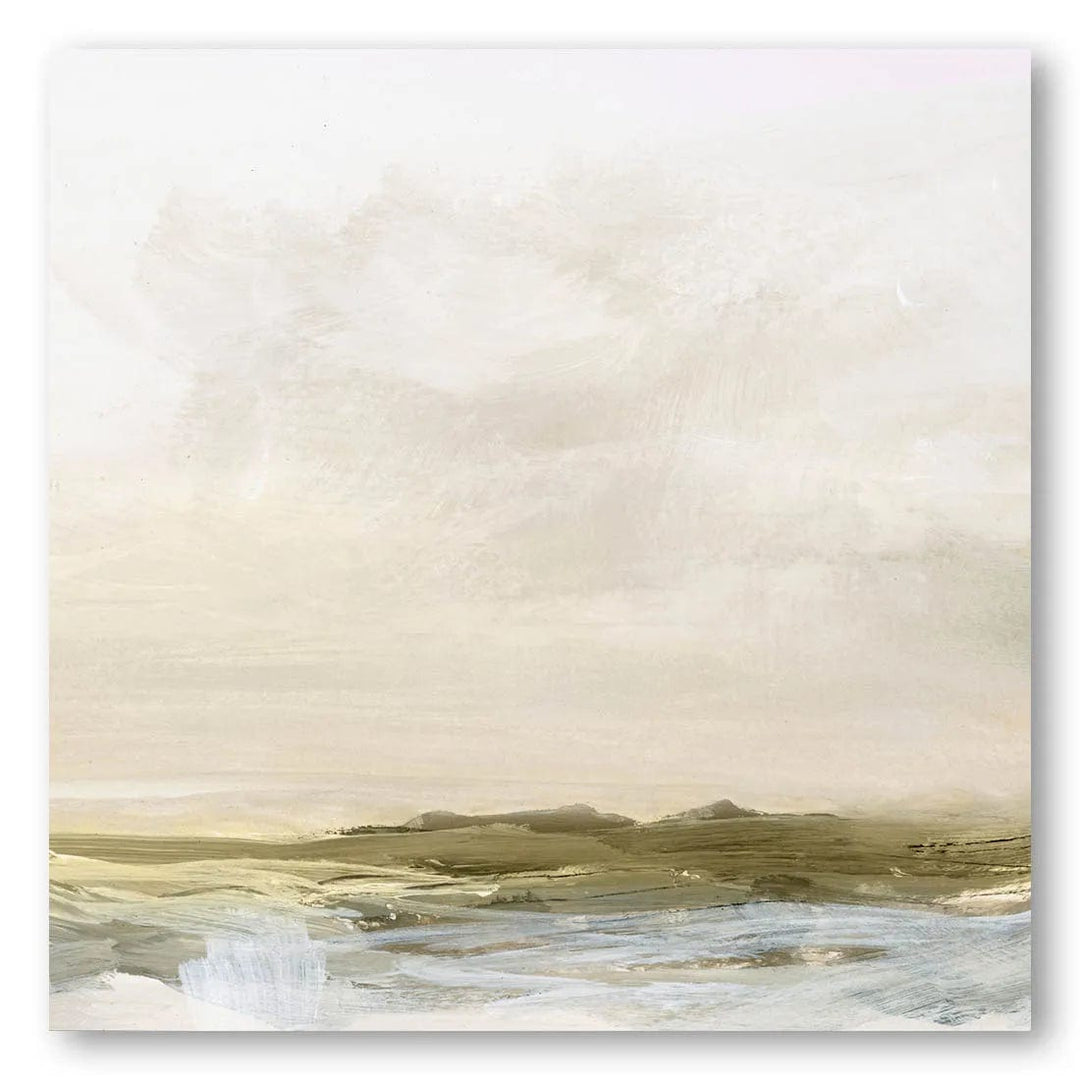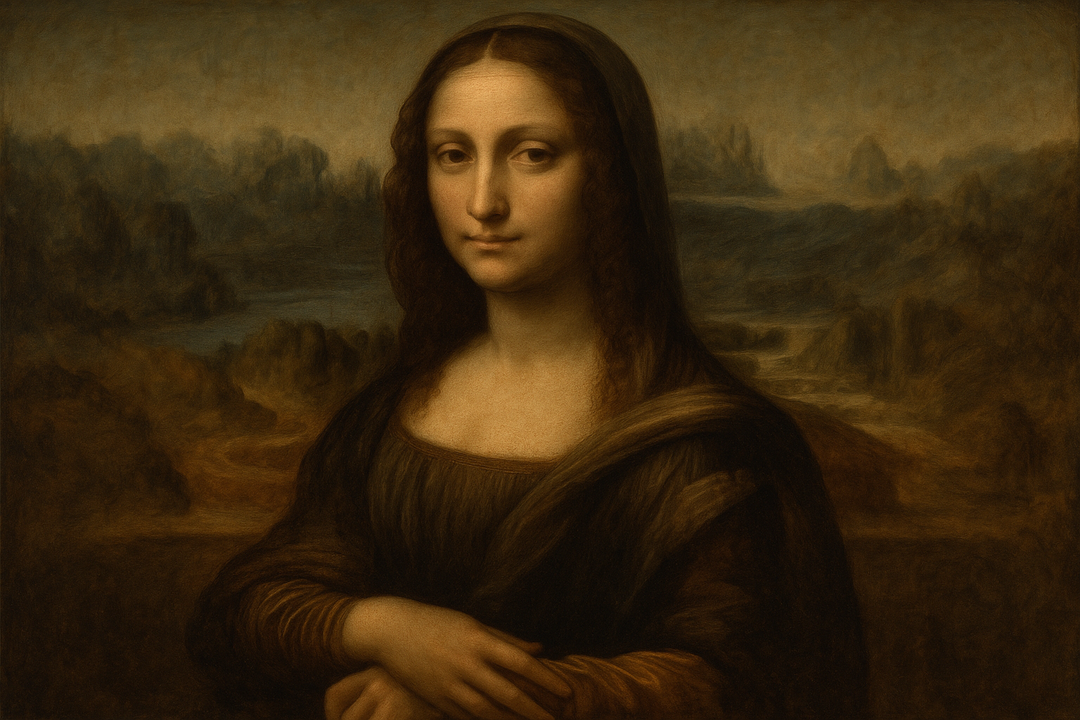Key Takeaways
- Digital printing eliminates plates and setup time, enabling instant print-on-demand capability
- Cost-effective for short runs while offering variable data printing for personalization
- Inkjet and laser technologies provide different advantages for various applications
- Quality gap between digital and offset printing continues to narrow with advancing technology
- Compatible with diverse substrates from paper to canvas, fabric, and specialty materials
Are you tired of slow, outdated printing methods that leave you with subpar results? Digital printing has revolutionized the industry with state-of-the-art technology that produces vibrant, high-quality prints faster than ever before. Whether you're creating art prints, marketing materials, or personalized products, understanding digital printing capabilities can transform your printing approach.
This comprehensive guide explores how digital printing technology works, its advantages over traditional methods, and why it's become the preferred choice for businesses and creators seeking speed, flexibility, and exceptional quality in their print projects.
What is Digital Printing?
Digital printing is the process of printing digital-based images directly onto a variety of media substrates. Unlike traditional offset printing, this method transfers digital files from computers directly to printers without requiring printing plates or blankets. Instead, it uses liquid or pigment ink through inkjet technology, or dry toner in laser printing systems.

The streamlined digital printing workflow: from digital file to finished product
Key Innovation: Digital printing eliminates the plate-making process, allowing for immediate printing from digital files. This revolutionary approach has made personalization, variable data printing, and on-demand production economically viable for businesses of all sizes.
The Digital Printing Process
The digital printing process begins with creating a digital file using specialized software such as Adobe Photoshop or Illustrator. This file can contain designs, photographs, or other images that are then sent directly to the printer for immediate output onto various media types.
One of the key advantages is the elimination of setup time. Changes can be made to print files instantly before printing, making digital printing ideal for short runs and projects requiring frequent updates or customization.
Digital Printing vs. Offset Printing

Visual comparison: traditional offset printing process versus modern digital printing
While both methods achieve high-quality results, their approaches differ significantly. Offset printing uses aluminum plates to transfer ink onto rubber blankets, then onto paper, making it cost-effective for large runs but requiring substantial setup time and minimum quantities.
The quality gap between digital and offset printing continues to narrow, with modern digital presses delivering exceptional results that can be difficult to distinguish from offset printing, depending on the technology level used.
Digital Printing Technology Types
Inkjet Technology

Quality comparison: vibrant inkjet photo printing versus sharp laser text output
Inkjet technology uses a series of nozzles that spray tiny drops of ink directly onto the print surface. Modern inkjet systems can achieve up to 1440×1440 dots per inch, enabling extremely accurate image replication with exceptional detail and color vibrancy.
Laser Printing Technology
Laser printing uses electrostatic rollers (drums) to apply dry toner to paper through a heated fusing process. Digital laser printers charge paper with electricity in precise shapes, creating sharp text and graphics ideal for documents and professional materials.
Digital Printing Advantages and Limitations

Comprehensive overview: digital printing advantages and limitations
Key Advantages
- Speed: No setup time means immediate printing from digital files
- Cost-effective for short runs: Economical for quantities under 500-1000 pieces
- Variable data printing: Each piece can be uniquely customized
- Environmental efficiency: Uses exact ink amounts, reduces waste
- On-demand production: Print only what you need, when you need it
Considerations
- Higher per-unit cost: More expensive than offset for large quantities
- Color matching challenges: May vary between digital press technologies
- Substrate limitations: Some specialty papers work better with offset
Digital Printing Inks: Dye vs. Pigment

Ink comparison: dye-based versus pigment-based formulations and their characteristics
Digital printing uses various ink formulations, each with distinct advantages. Understanding these differences helps choose the right technology for specific applications.
Dye-Based Inks
Dye-based inks consist of colorant fully dissolved in liquid, similar to sugar dissolving in water. These inks offer several advantages for specific applications:
- Vibrant colors: Excellent for printing vivid photos and colorful graphics
- Cost-effective: Lower production costs make them ideal for budget-conscious projects
- Smooth blending: Creates smooth gradients perfect for high-resolution photography
- Glossy paper compatibility: Performs exceptionally well on coated and glossy media
Pigment-Based Inks
Pigment-based inks use solid color particles suspended in liquid, similar to sand mixed in water. These inks excel in durability and professional applications:
- Fade resistance: Can last 50-80 years with proper storage and display
- Water resistance: Won't smudge or run when exposed to moisture
- UV stability: Maintains color integrity under sunlight exposure
- Professional quality: Preferred for archival art prints and fine photography
Professional Tip: Many professional printers use pigment-based black ink combined with dye-based colors to achieve both durability and vibrancy. Always check printer specifications before switching ink types, as using incompatible inks can damage equipment.
Digital Print Media Compatibility
Digital printing's versatility extends to an impressive range of substrates. Modern digital presses can handle everything from traditional paper to specialty materials, opening creative possibilities for diverse applications.

Versatile applications: digital printing on diverse materials for multiple uses
Advanced Digital Printing Applications
Wide-Format Printing

Industrial wide-format digital printing for large-scale graphics and signage
Wide-format digital printing has revolutionized large-scale graphics production. These systems can print banners, posters, and signage up to several feet wide, making them essential for advertising, retail displays, and architectural graphics.
Direct-to-Garment (DTG) Printing

Direct-to-garment printing enables custom apparel production with intricate designs
DTG technology applies water-based inks directly to fabric fibers, enabling full-color designs on apparel without minimum order requirements. This technology has transformed custom clothing production, making personalized apparel economically viable for small businesses and individual creators.
Digital Printing for Art & Photography
Digital printing has democratized high-quality art reproduction, enabling artists and photographers to produce gallery-worthy prints without traditional darkroom processes. Modern digital systems can reproduce artwork with exceptional fidelity, making fine art accessible to broader audiences.
Giclée Printing Standards
Professional giclée printing uses archival pigment inks on museum-quality papers, ensuring prints can last 100+ years when properly displayed. This technology enables limited edition art reproductions that rival original paintings in quality and longevity.
- Color accuracy: 12+ ink systems provide exceptional color gamut
- Archival quality: Acid-free papers and lightfast inks
- Multiple sizes: From small prints to large format artwork
Discover Professional Digital Art Prints
Transform your space with our curated collection of digitally printed art pieces, showcasing the exceptional quality and versatility that modern digital printing technology can achieve.
The Future of Digital Printing
Digital printing technology continues evolving rapidly, with innovations in speed, quality, and substrate compatibility. Emerging technologies like hybrid offset-digital systems combine the benefits of both methods, while advances in ink chemistry and printhead design push quality boundaries further.
Hybrid industrial printing systems now integrate digital inkjet capabilities with traditional offset lines, maximizing the advantages of both technologies in single-pass production environments.
Experience Digital Printing Excellence
Digital printing has revolutionized how we create, customize, and produce high-quality prints. Whether you're looking for art reproductions, photography prints, or custom designs, modern digital printing delivers exceptional results with speed and flexibility that traditional methods simply cannot match.
Last Updated: September 8, 2025 | Sources: FSSI Digital Printing, Adorama Photography, Print Bind Ship, and industry printing technology publications

















